News 9/26/13
From Molly Ringwald: “Re: Practice Fusion. Raises an additional $70MM. Looks like they are going to eventually target the inpatient setting if they are raising THAT much money!” An article in VentureBeat offers a few clues on what Practice Fusion may be planning to do next (entering the inpatient market is not one of the options mentioned). The company just closed $70 million in a Series D round, bringing its total funding to $134 million. Practice Fusion CEO Ryan Howard says the company is positioning itself for an IPO and is driving its revenues from pharma, imaging centers, pharmacies, and labs. Practice Fusion has historically relied on revenues generated by advertisements on its EMR platform, but the sale of data and analytics captured from the Practice Fusion platform will become increasingly important. Howard says revenues are up 300 percent this year from 2012, but doesn’t disclose further financial information on the company, including profitability. Meanwhile, Howard expects Practice Fusion to double its user base over the next year.
The NCQA reports that 6,000 medical practices in 49 states are now recognized as PCMHs.
CMS posts an online calculator that allows physicians to determine their payment adjustments based on 2013 participation in the eRx incentive program, the Medicare MU program, and PQRS.
If you are heading to MGMA, you won’t want to miss our annual list of must-see vendors, which we’ll publish over the weekend. Our compilation of the hottest vendors – all who happen to be faithful HIStalk sponsors – includes booth numbers and company summaries, plus contact information for a few companies that won’t be be exhibiting but will be available for one-on-one meetings.
Speaking of the MGMA conference, I loaded the mobile app that includes the complete schedule of educational sessions, keynote speakers, maps, exhibitors, and more. It was very easy to create a personalized schedule – mine includes Monday’s keynote speaker George Will and several sessions on the HIT track. I wish I had an app for mapping out my Monday night parties since this year I won’t have the navigational expertise of my Wing Gal Dr. Jayne. The meeting runs October 6-9 and I will be posting daily updates.
Georgia Bone & Joint Surgeons selects Pulse Practice Management and EHR.
South Jersey Family Medicine will replace its Alteer platform with e-MDs Solution Series EHR, PM, and patient portal solutions.
Speaking of replacements, KLAS reports that the small practice EHR replacement market is picking up. In the 1-10 physician segment, athenahealth, SRSsoft, and Practice Fusion are having the most success delivering quick and easy installations of value-based products, while McKesson, GE, Allscripts, and Vitera are experiencing the most customer loses due to unmet product expectations, poor upgrade releases, and inadequate relationships. Pediatric-specific EHR vendor PCC earned the overall top performance score.
EClinicalWorks and Epic develop bidirectional interoperability between their EHRs.
In case you missed it, on Monday evening I interviewed the CEOs of Greenway and Vitera about their impending shared ownership. A couple of quotes:
From Vitera’s Matthew Hawkins:
I can’t make too many forward-looking statements other than to say we think that with this transaction and working together to put in place a plan that will allow for a smooth integration at the right time, if and when the transaction occurs. We are very excited about it. Our staff is upbeat, we are upbeat, and we think it is a continuation of our long term goal: to be great partners with our customers in the market.
From Greenway’s Tee Green:
Obviously as the company continues to evolve, maintaining multiple platforms probably isn’t going to be the long term strategy because that doesn’t create value for your customers or your team. You will see some of that evolution over time.
Email Inga.

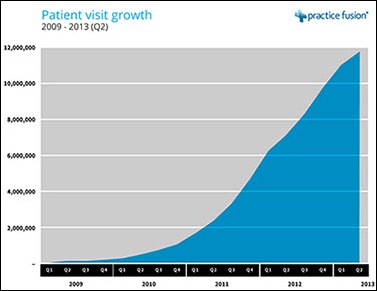
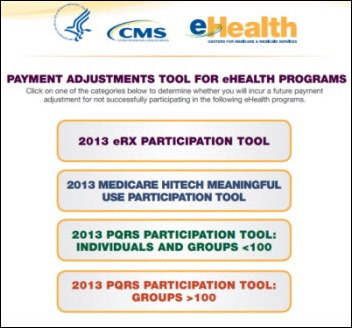
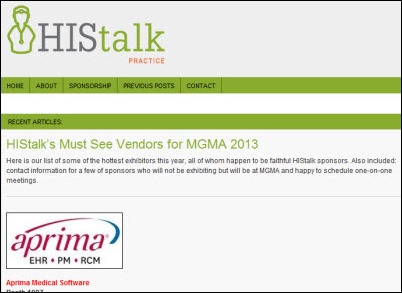







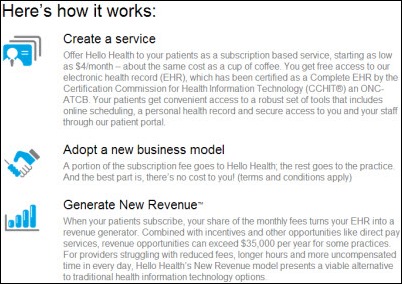
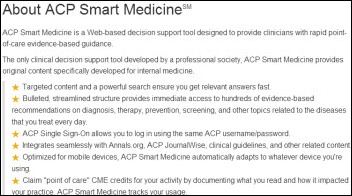
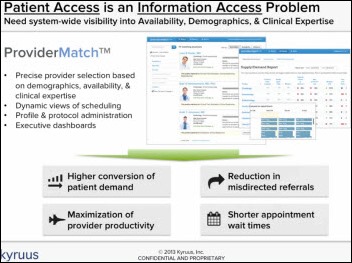
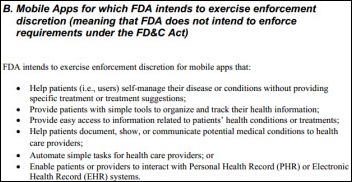


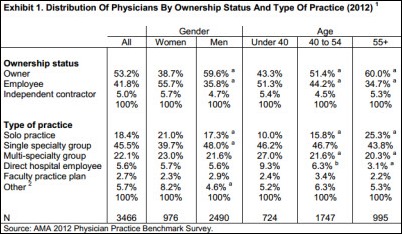
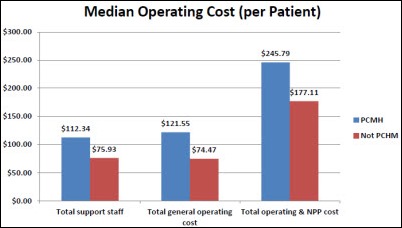

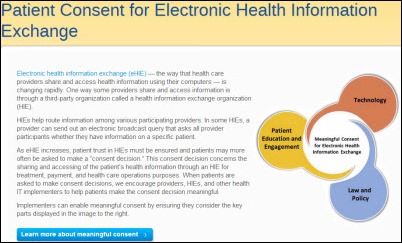
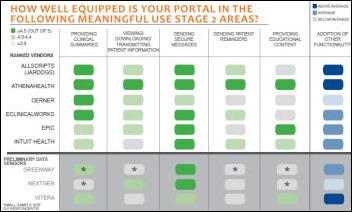
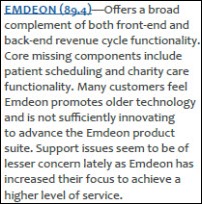
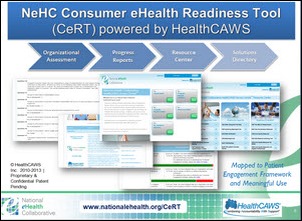
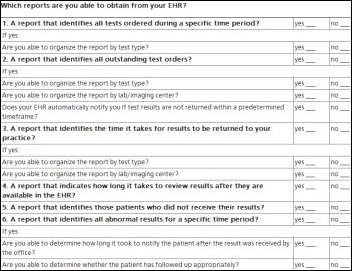
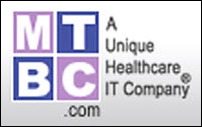

The article about Pediatric Associates in CA has a nugget with a potentially outsized impact: the implication that VFC vaccines…